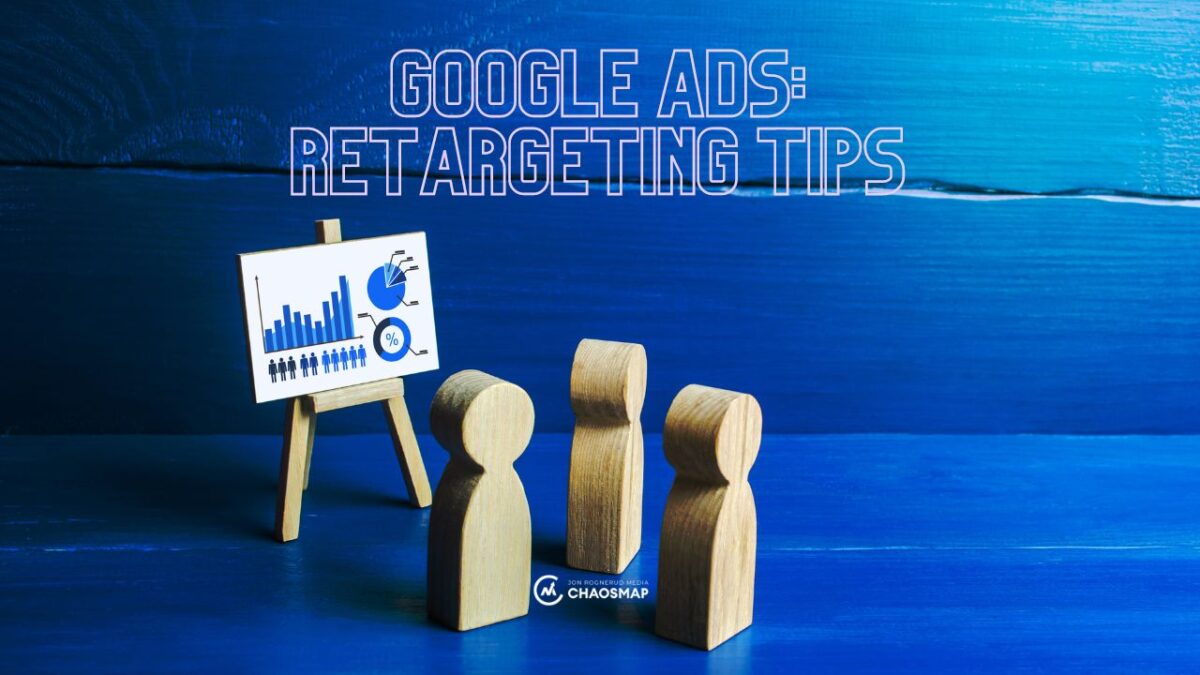Retargeting with Google Ads can be the breakthrough your ads and traffic has been waiting for.
Ready to turn website visitors into loyal customers and maximize your ROI with B2B retargeting?
Buckle up … because we’re about to dive into the 7 must-do’s for an effective retargeting strategy:
1. Segment Your Audience Strategically:
Top Funnel: Visitors who engaged with awareness-stage content (blog posts, infographics, etc.) need nurturing reminders, not sales pitches.
Target them with educational content or case studies to build trust and brand awareness.
Middle Funnel: Users who downloaded white papers, requested demos, or interacted with product pages are further down the funnel.
Retarget them with targeted product demos, success stories, or personalized pricing quotes.
Bottom Funnel: Visitors who abandoned carts or reached checkout are primed for conversion.
Hit them with limited-time discounts, free consultations, or urgency-driven CTAs like “Claim Your Last Spot!” or “Ticket are going fast, register now!”
2. Don’t Be Creepy, Be Creepy Good:
Frequency Capping: Avoid bombarding users with endless ads. Set frequency caps to manage impressions and prevent ad fatigue.
Dynamic Creative Optimization: Show relevant ad variations based on individual user behavior and interests.
Dynamic product ads or personalized testimonials work wonders.
Recency Triggering: Prioritize retargeting users who interacted with your site recently.
The closer they are to conversion, the higher the impact.
3. Go Beyond Website Retargeting:
Customer Match Lists: Upload email addresses of existing customers or leads to target them across Google’s Display Network and YouTube. YouTube ads have terrific targeting options as well.
Remarketing across platforms keeps your brand top-of-mind.
Similar Audiences (retired August ’23): Expand your reach by targeting users similar to your existing high-value customers or website visitors. Tap into hidden potential with Google’s powerful algorithms.
NOTE: Look for leverage through first party data and marketing optimization objectives such as optimized targeting, audience expansion, and Smart Bidding,
4. Embrace Automation, but Don’t Forget the Human Touch:
Smart Bidding Strategies: Utilize Target CPA or Target ROAS bidding to optimize bids for conversions and maximize ROI.
Let Google’s AI do the heavy lifting while you focus on strategy.
Negative Keywords: Exclude irrelevant searches and landing pages to avoid wasting ad spend on non-qualified clicks.
Remember, precision is key in B2B advertising.
Landing Page Optimization: Ensure your landing pages seamlessly match your ad messaging and offer a clear path to conversion.
Don’t let a misaligned landing page kill your momentum.
5. A/B Test & Analyze Like a Data Ninja:
Headline Variations: Experiment with different headlines to see what grabs your audience’s attention and sparks curiosity. Test for best performance!
Visuals & CTAs: Play with ad formats, images, and call-to-action buttons. Find the visual and messaging combination that converts like a charm.
Performance Insights: Regularly analyze your retargeting campaign data.
Track conversion rates, cost per lead, and other key metrics to identify areas for improvement and optimize your campaigns for ongoing success.
Side note: Automating this process with Performance Max campaigns can work even better – once your assets and funnels have been proven to work with a positive return.
6. Don’t Forget the Retargeting Funnel Exit Strategy:
Win-Back Campaigns: Re-engage users who haven’t interacted with your ads in a while with special offers or exclusive content.
Sometimes, all it takes is a little reminder to rekindle their interest.
Exclusion Lists: Once users convert or become irrelevant, add them to exclusion lists to avoid wasting ad spend on them.
Keep your targeting laser-focused and efficient.
7. Measure ROI Beyond Last Click:
Track Assisted Conversions: Google Ads often plays a supporting role in B2B conversion journeys.
Use attribution models like “last-click + assist” to accurately measure the true impact of your retargeting campaigns. We normally use the “data driven” attribution, but this is not always static as you’ve seen.
Customer Lifetime Value (CLTV): Look beyond immediate conversions. Consider the long-term value of acquired customers and optimize your retargeting strategy to attract high-value prospects.
CONCLUSION:
By mastering these 7 secrets to remarketing, you’ll unlock the power of B2B retargeting in Google Ads and transform your website visitors into loyal customers, all while maximizing your return on ad spend.
Remember, it’s not just about clicks, it’s about building relationships and driving sustainable growth for your B2B business. Measure your investment against returns and optimize accordingly.
